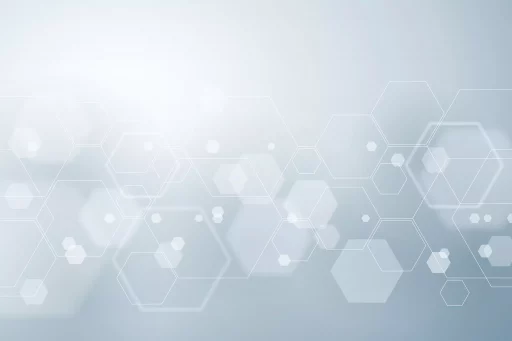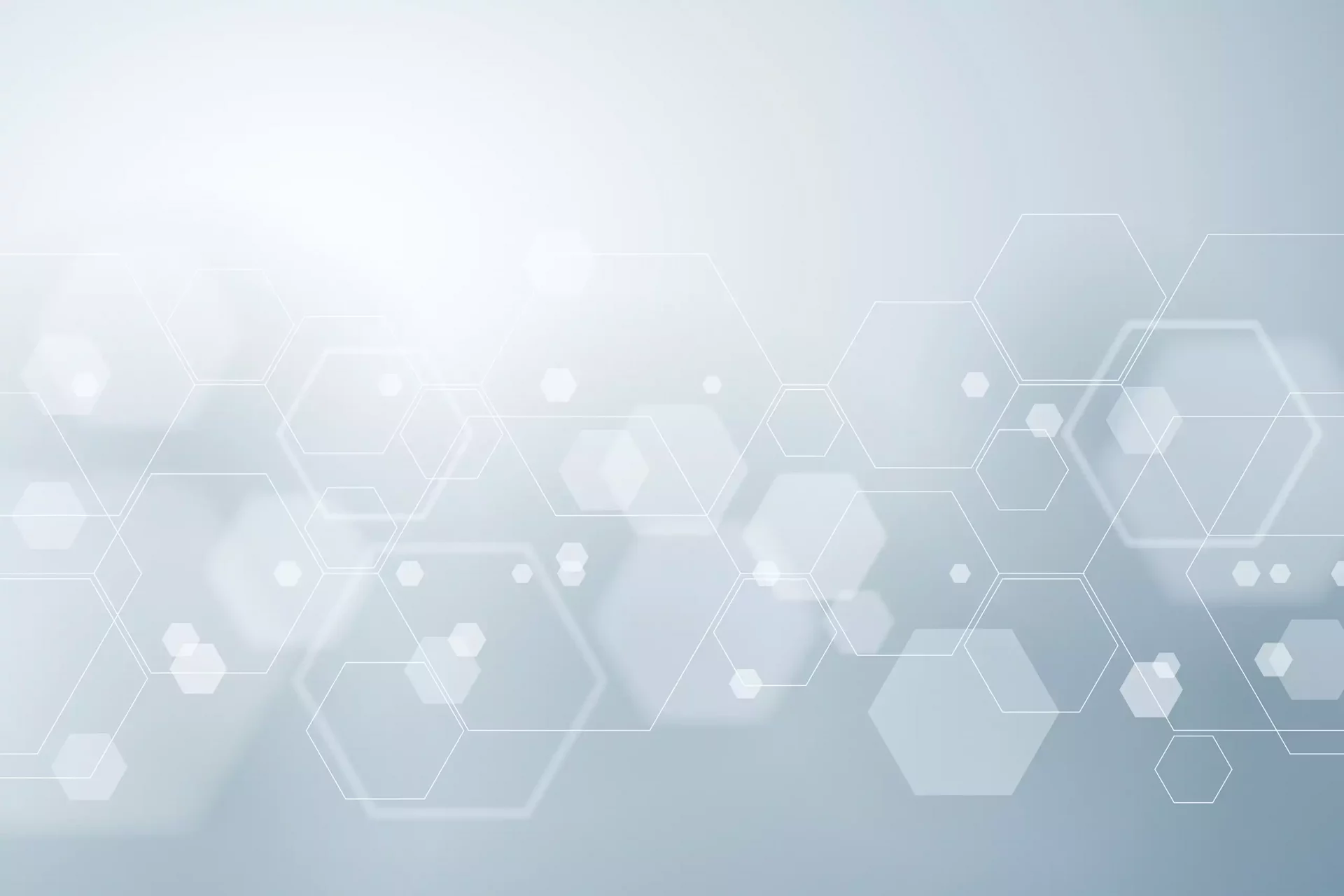Understanding a Recession
A recession is a significant decline in economic activity that lasts for an extended period, typically recognized when a country’s GDP falls for two consecutive quarters. This downturn impacts various sectors, including employment, industrial production, and consumer spending. Recessions are a natural part of the economic cycle, often bringing about significant changes.
Key Indicators of a Recession
Several indicators signal the onset of a recession:
- Decreasing GDP: A key indicator, GDP measures a country’s economic output. A decline over two consecutive quarters is a strong indicator of a recession.
- Rising Unemployment: As businesses struggle, they often cut jobs. Rising unemployment rates are closely associated with recessionary periods.
- Reduced Consumer Spending: When consumers cut back on spending, it influences businesses’ revenue, which further exacerbates an economic downturn.
- Decreased Industrial Production: Manufacturing and production decline, signaling less demand for goods and services.
The Economic Impact of a Recession
The consequences of a recession can be profound, affecting everyday life for many individuals. Here are some of the common impacts:
- Job Loss: Many people lose their jobs during a recession, leading to higher unemployment rates and financial strain on families.
- Lower Wages: Even those who retain their jobs may face pay cuts or reduced hours as companies seek to save costs.
- Increased Debt: Individuals and businesses may turn to credit to make ends meet, leading to higher debt levels.
- Poor Investment Environment: With uncertain economic conditions, both individuals and businesses may shy away from investing, leading to further stagnation.
Historical Examples of Recession
Understanding past recessions can provide insight into their impacts and recovery:
The Great Depression (1929-1939)
The most severe recession in modern history began with the stock market crash of 1929. It led to widespread unemployment, bank failures, and drastic drops in consumer spending. Recovery was slow, with many economic reforms implemented as a result.
The Great Recession (2007-2009)
This recession was triggered by a housing bubble burst and subsequent financial crisis. It resulted in an unemployment rate soaring to 10% in 2009, massive government bailouts, and significant reform in financial regulation to prevent future crises. The U.S. economy took years to fully recover.
The Role of Government and Monetary Policy
Governments and central banks play crucial roles during a recession. They may take several measures to stimulate economic recovery:
- Fiscal Stimulus: Governments may increase spending on infrastructure projects to create jobs and stimulate demand.
- Monetary Policy Adjustments: Central banks may lower interest rates to encourage borrowing and investment.
- Tax Incentives: Reducing taxes can leave consumers with more disposable income, driving up spending.
The Current Economic Climate
As of 2023, many countries have faced economic challenges due to the aftermath of the COVID-19 pandemic, high inflation, and geopolitical tensions:
- Inflation Rates: Many economies are grappling with high inflation, eroding purchasing power.
- Consumer Sentiment: Fear of a recession looms as job cuts and rising costs set in.
- Supply Chain Issues: Ongoing disruptions have led to increased prices and reduced availability of goods.
According to recent statistics, the U.S. economy contracted by 1.6% in Q1 2022 and 0.6% in Q2 2022, marking the first back-to-back quarters of negative growth since the Great Recession.
Conclusion
Being in a recession means facing significant economic challenges that can ripple through every sector of society. Understanding the indicators and historical context helps consumers, businesses, and governments navigate these tough times. While recovery can take time, effective policy responses can mitigate the damage and spur growth, paving the way for a brighter economic future.


